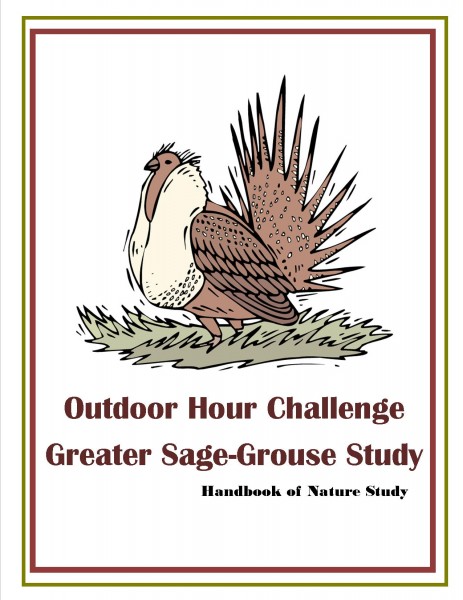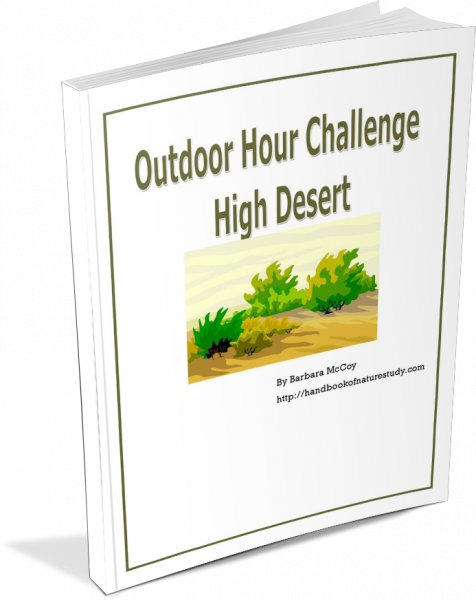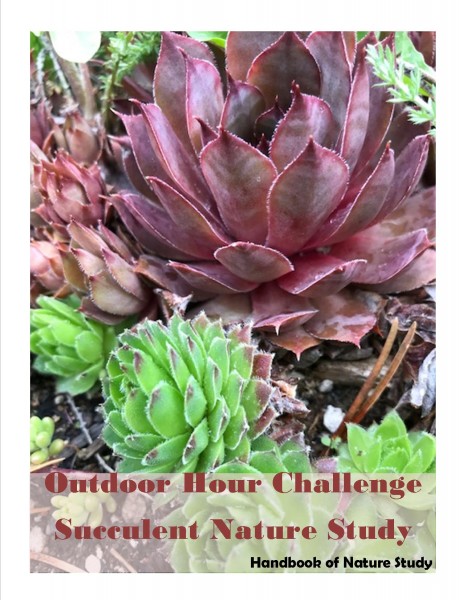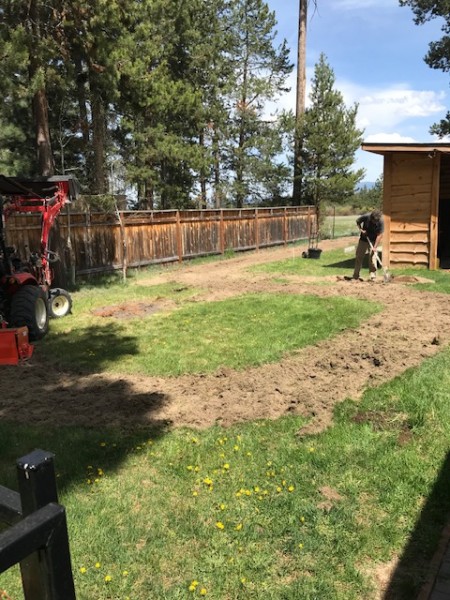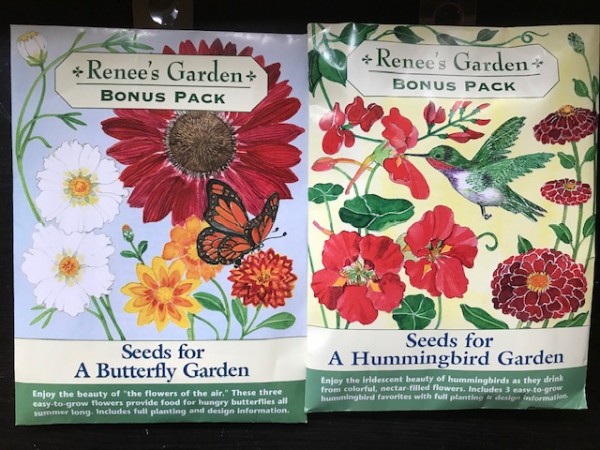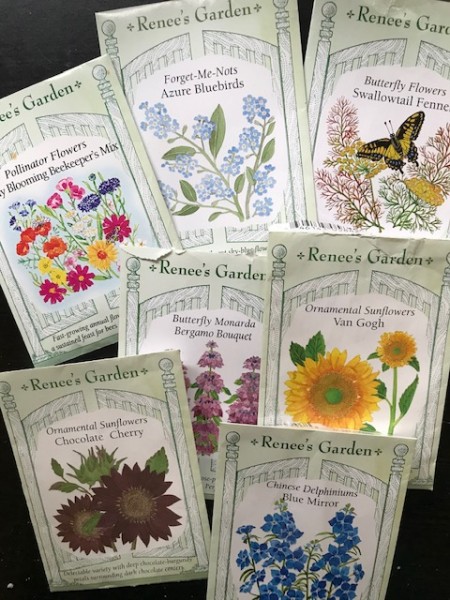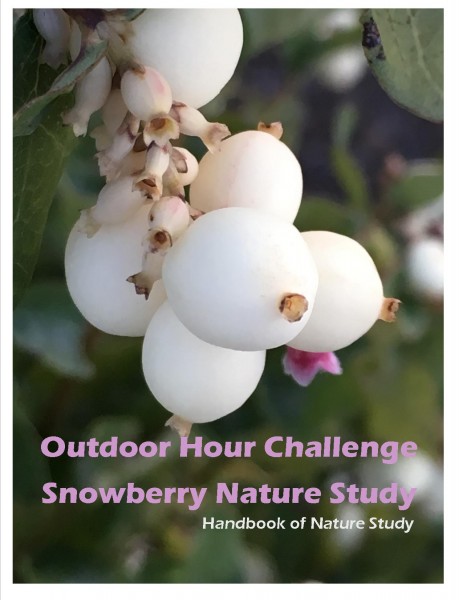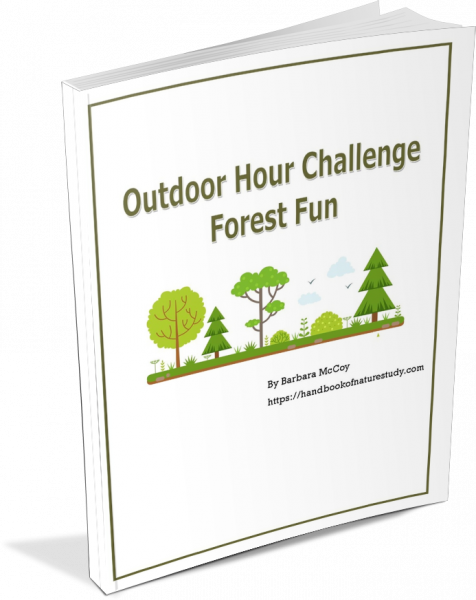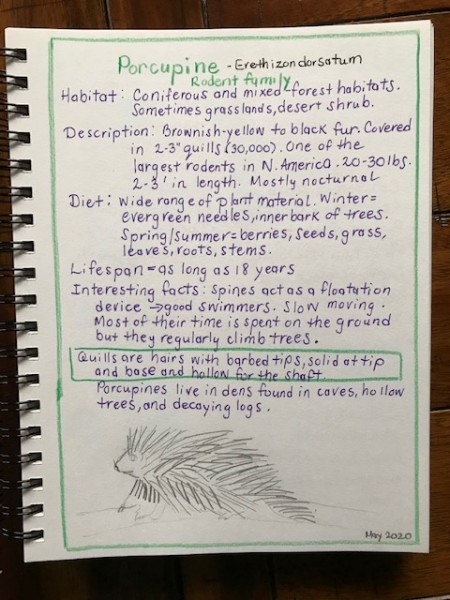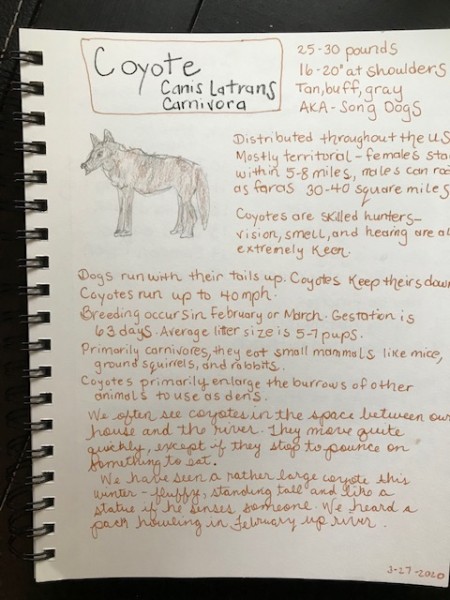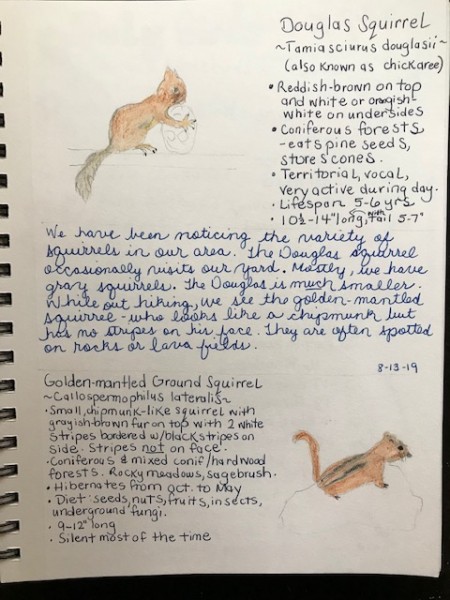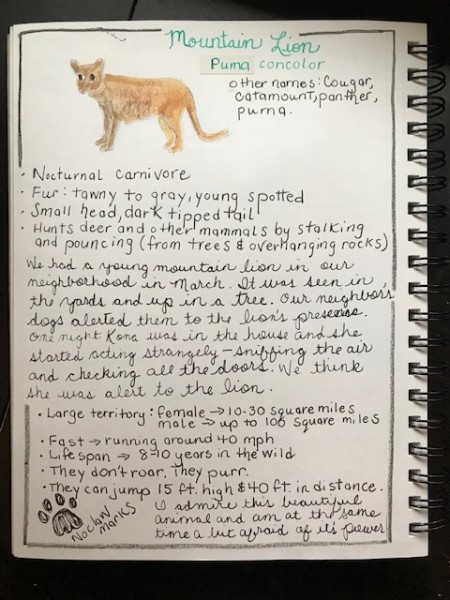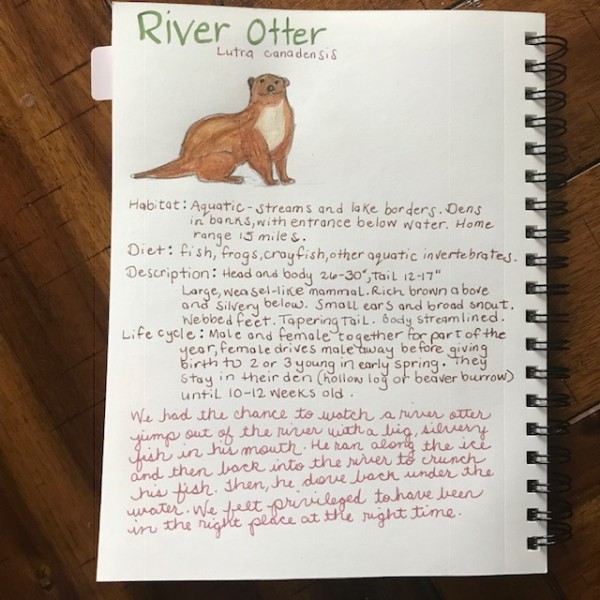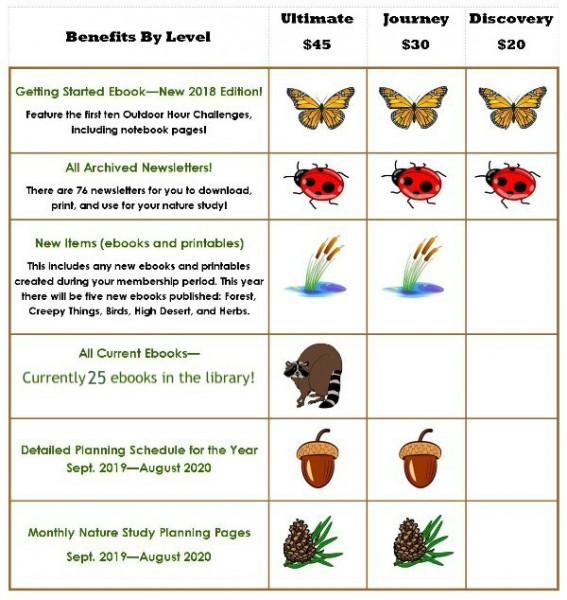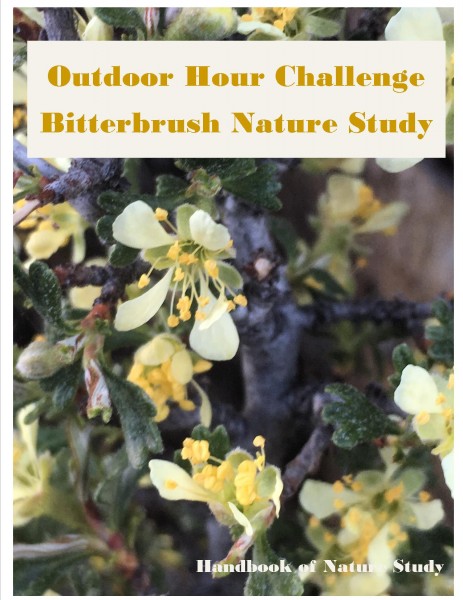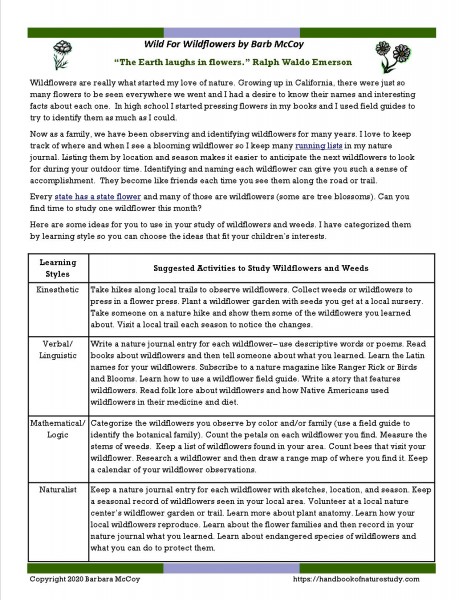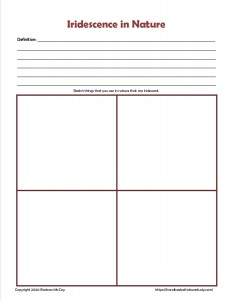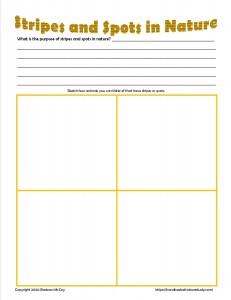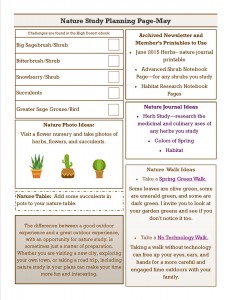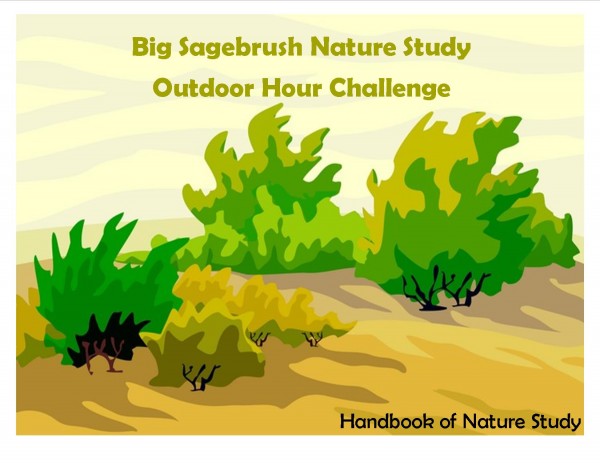Brand New! Outdoor Hour Challenge
Greater Sage-Grouse Nature Study
Have you ever read about the greater sage-grouse? Have you ever heard what it sounds like? Have you seen its beautiful mating dance? Not many of us will be able to observe this magnificent bird in person, but there are many wonderful online resources for viewing and learning about the greater sage-grouse. The habitat for this bird is decreasing and the numbers of greater sage-grouse are decreasing with it.
The value of studying such interesting birds is in exposing your children to the challenges of development and the impact on certain species of birds and other wildlife.
Use these ideas to get you started with your greater sage-grouse study:
- Choose your resource to study the greater sage-grouse. A terrific website for bird information is All About Birds: Greater Sage-Grouse. Make sure to listen to the sound of a greater sage-grouse: AllAboutBirds.
- Make sure to look at the range maps in a field guide or on All About Birds to determine if you have this grouse near your home.
- For this challenge, practice listening to birds during your outdoor time. We know there will be times that we can’t see a bird but we can hear it in the trees or in the brush. The skill of listening carefully to distinguish a particular bird is something that will be helpful to anyone wanting to be a good birder. Here’s a link to an Outdoor Hour Challenge I posted in the past that will help you with your building of this important life skill: Birding by Ear.
Please note that I will not be posting the complete challenge here on the blog, but you will find the detailed challenge in the High Desert ebook. It’s available both in the Ultimate Naturalist and Journey level memberships. Sign into your account and download the ebook for the details, more links, and notebook pages.
If you don’t have a membership yet, you can click the graphic above and join today for immediate access to the 25 ebooks and so much more! Remember that all levels, even the Discovery level membership, include access to all of the archived newsletters!
Topics in this ebook include:
- Bitterbrush
- Sagebrush
- Greater sage-grouse
- Succulents
- Mountain Lion
- Coyote
- Pocket Gopher
- Bristlecone Pine
- Elk
- Turkey Vulture
- Juniper
- Snowberry
- Golden Mantled Ground Squirrel
- River Otter

